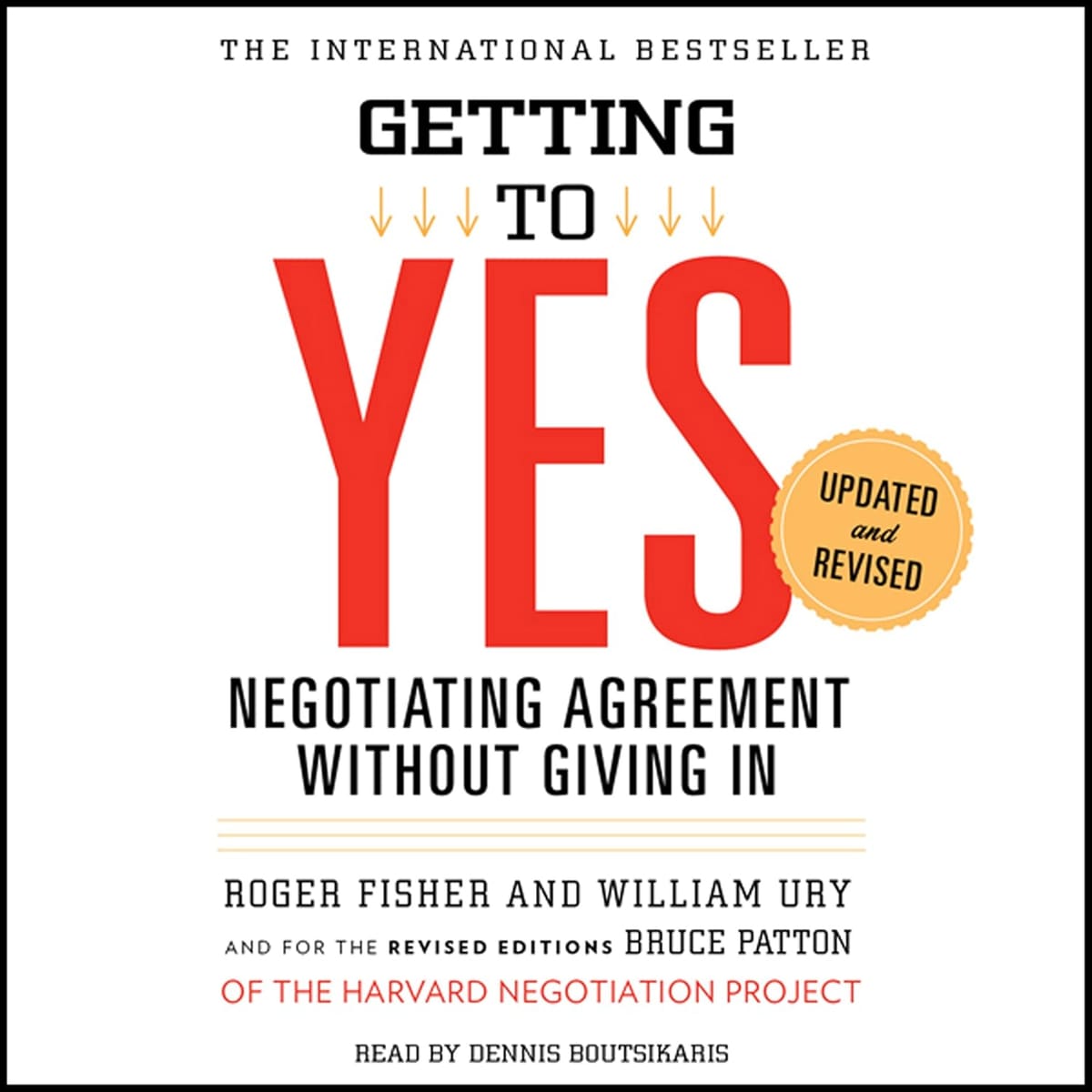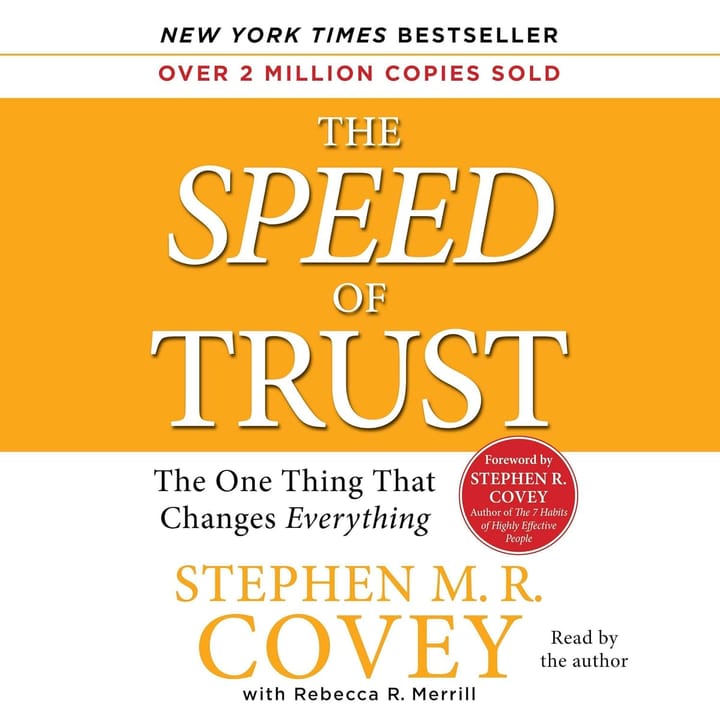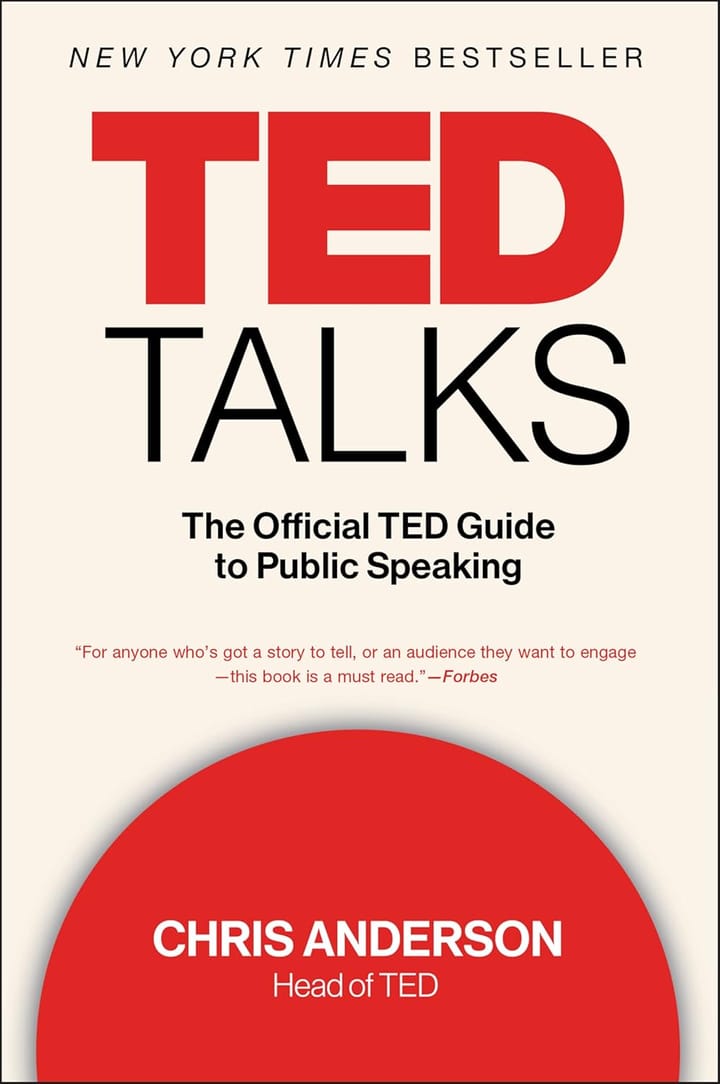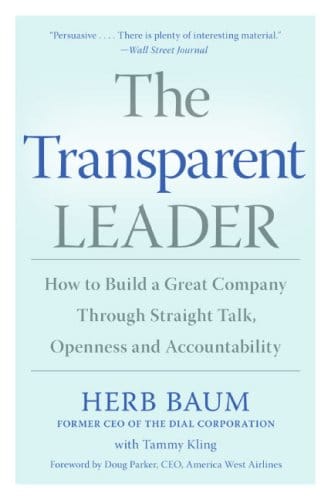Book Summary: Getting to Yes
Discover key negotiation tactics in "Getting to Yes" by Fisher and Ury. Learn how to reach win-win solutions in any conflict.

Essential Insights
- Focus on interests, not positions, to reach mutually beneficial agreements.
- Separate the people from the problem to prevent emotions from derailing negotiations.
- Use objective criteria to evaluate options and ensure fair outcomes.
Introduction to Getting to Yes
Getting to Yes by Roger Fisher and William Ury is a timeless classic in the realm of negotiation literature. Originally published in 1981, this book has stood the test of time and continues to be a seminal work on the principles of principled negotiation. Roger Fisher, a Harvard Law School professor, and William Ury, an expert on negotiation and conflict resolution, meticulously outline a straightforward method for reaching mutually acceptable agreements without resorting to positional bargaining.
This book is invaluable for individuals seeking to enhance their leadership and negotiation skills. Whether you are a business professional, a team leader, or someone navigating personal relationships, Getting to Yes provides concrete strategies and practical advice on how to negotiate effectively and achieve successful outcomes. By applying the principles and techniques outlined in this book, readers can cultivate a mindset of collaboration, foster better communication, and ultimately, build stronger relationships based on mutual understanding and respect.
Buy "Getting to Yes" on Amazon
Summary of Getting to Yes
Getting to Yes focuses on principled negotiation, emphasizing the importance of collaboration and mutual benefit rather than positional bargaining. The authors, Roger Fisher and William Ury, advocate for a problem-solving approach, encouraging negotiators to separate people from the problem and concentrate on interests instead of positions. This method aims to create win-win outcomes, allowing all parties involved to walk away satisfied and engaged in long-term relationships. One of the book’s unique contributions is its emphasis on the human element of negotiation.
Fisher and Ury argue that effective communication and understanding emotions play a vital role in reaching agreements. By adopting a method that prioritizes interests over rigid positions, negotiators can navigate conflicts more smoothly and create constructive dialogues. Additionally, the authors provide practical techniques and strategies for handling difficult conversations, making the book a valuable resource for leaders and individuals alike. Notable themes from the book include the importance of preparation and the need for effective communication in negotiation scenarios. Fisher and Ury suggest developing options before finalizing an agreement to enhance creativity and flexibility in solutions. As this article delves into the principles and strategies highlighted in Getting to Yes, readers will find inspiration and practical advice for improving their negotiation skills and fostering positive outcomes in their personal and professional lives.
Key Lessons From Getting to Yes
Focus on Interests, Not Positions
A central theme in Getting to Yes emphasizes the importance of identifying the underlying interests of both parties in a negotiation, rather than fixating on their stated positions. Fisher and Ury argue that positions can often lead to conflict and a win-lose mentality, while interests provide a pathway to finding mutually beneficial solutions. For instance, if two parties are arguing over a single piece of land, the surface-level positions might be about who gets to use it for their specific purpose. However, by exploring the interests behind those positions—such as the desire for expansion versus environmental preservation—both parties may discover a collaborative solution such as shared usage agreements.
This lesson is significant because it shifts the focus from adversarial negotiations to cooperative problem-solving. When negotiators understand each other's true motivations, they can work together to invent options that satisfy the essential needs of both parties. This approach not only leads to better outcomes but also helps maintain relationships during and after the negotiation process, as parties feel heard and understood.
Invent Options for Mutual Gain
Fisher and Ury advocate for the generation of multiple options before deciding on a final agreement. By brainstorming a variety of solutions, negotiators can maximize the chances of finding an outcome that benefits everyone involved. For example, during a labor negotiation, rather than arguing over salary alone, both sides can explore additional options such as flexible working hours, improved benefits, or professional development opportunities, all of which contribute to employee satisfaction without solely focusing on monetary compensation.
This concept holds significant value in that it encourages creativity and open-minded discussions during negotiations. By prioritizing the generation of various options, parties reduce the tension that often accompanies bargaining. This collaborative approach minimizes the competitive atmosphere and fosters a spirit of cooperation, which is more likely to lead to satisfactory outcomes.
The potential for change lies in the willingness of individuals to step beyond traditional negotiation methods that prioritize winning over collaboration. This lesson challenges readers to think divergently, inspiring them to consider opportunities that may have otherwise gone unnoticed. As they practice inventing options for mutual gain, they can improve their negotiation skills and cultivate a more constructive approach to conflict resolution in all areas of their lives.
Use Objective Criteria
In Getting to Yes, the authors highlight the importance of basing negotiations on objective criteria rather than arbitrary pressures or subjective opinions. This might include standards such as legal precedents, expert opinions, or industry benchmarks. By relying on impartial criteria, negotiators can minimize the emotional stakes of the discussions and focus on fair outcomes. For instance, in a business deal, both parties might agree to defer to industry standards regarding pricing, which can reduce disputes and facilitate agreement.
This lesson is significant in promoting fairness and rationality throughout the negotiation process. When both sides accept and reference the same objective criteria, it helps level the playing field and encourages each party to approach the negotiation with mutual respect. Such common ground can pave the way for a more productive dialogue and help prevent conflicts stemming from perceptions of bias or injustice.
Readers may find motivation in this idea to seek fairness and equality in their negotiations. By championing objectivity and equitable standards, they can change the way conflicts unfold, fostering a more respectful environment for negotiation. This not only bolsters their credibility but also enhances the likelihood of reaching agreements that feel right and just to all parties involved.
Separate the People from the Problem
Fisher and Ury emphasize the importance of separating personal feelings from the actual issues at hand during negotiations. They argue that interpersonal relationships can often complicate discussions and lead to entrenched positions. By consciously aiming to separate the individual from the problem, negotiators can avoid misunderstandings and view disagreements more objectively. For example, if a team is negotiating a project deadline, focusing on the timeline itself rather than personal accountability can prevent conflicts and blame-shifting.
This lesson is essential because it allows negotiators to address the problem without personal emotions clouding their judgment. By treating the conflict as a shared issue rather than a personal battle, parties can lower the stakes of the conversation and work toward a resolution collaboratively. This focus can lead to smoother interactions and increase the likelihood of successful conflict resolution.
Readers can be inspired to alter how they engage in negotiations by remembering this lesson. By striving to address the issue without personal involvement, they can cultivate a more productive atmosphere that encourages transparent communication. This transformation can enhance their relationships both professionally and personally, creating an environment where issues are solved collaboratively rather than combatively.
Application Ideas for Getting to Yes
Focus on Interests, Not Positions
One of the fundamental lessons from Getting to Yes is the importance of identifying and concentrating on interests rather than rigid positions. In practical terms, this means encouraging open dialogue about what each party truly wants, rather than sticking stubbornly to specific demands. By understanding the underlying needs, individuals can find common ground and work towards solutions that benefit everyone.
To apply this concept, take a moment to prepare yourself before entering any negotiation or conflict situation. Begin by listing out your primary interests and consider the other party’s possible interests as well. When a discussion begins, actively listen and ask questions that help reveal those interests. This approach opens the door to collaboration and creative problem-solving, making it easier to reach a mutually satisfying outcome.
Another effective way to implement this principle is by practicing empathy. For instance, in a workplace disagreement, rather than insisting on a specific outcome, try to understand the motivations driving the other party. By approaching the conversation with an eagerness to learn about their perspective, you can often discover solutions that address both parties' needs. Consider organizing regular team meetings where interests are discussed openly, creating an environment of transparency and cooperation.
To enhance this process, make it a habit to reflect on outcomes after negotiations. Analyze what worked and what didn’t, focusing on how interests were addressed. As a final strategy, think of a relevant scenario from your own experience to guide future negotiations. For instance, if you've experienced tension over project deadlines, consider revisiting that scenario by focusing on collaborative solutions that support both parties, instead of merely sticking to your original deadline. This practice reinforces the themes of Getting to Yes and fosters healthier interactions.
Separate People from the Problem
Another key takeaway from Getting to Yes is the idea of separating people from the problem. This principle encourages individuals to approach issues without personal conflict interfering with the resolution process. It suggests recognizing emotions and relationships while keeping the focus on the actual problem at hand.
To implement this advice in daily interactions, consciously acknowledge emotions throughout discussions. For example, if tensions rise during a meeting, pause and remind everyone to focus on the issues rather than personal differences. This might involve establishing ground rules for discussions that encourage respect and understanding. Acknowledge each person’s feelings before jumping into solutions, which fosters a more comfortable environment for open conversation.
A practical application of this principle can be seen in conflict resolution training sessions in organizations. By bringing in an impartial facilitator, teams can learn techniques to manage disagreements constructively. Practicing these skills in real-life scenarios, such as role-playing exercises, can significantly strengthen the team’s ability to separate personal emotions from the issues being discussed.
As an additional tip, encourage team members to use "I" statements instead of "you" accusations. For instance, saying "I feel overwhelmed by the workload" rather than "You keep giving me too much work" shifts the focus off blame and towards personal experience. Lastly, share and discuss real-life examples where this principle was practiced effectively, as it helps in reinforcing the importance of the approach. By creating a common language around conflict resolution, teams can better navigate tough situations.
Generate Options for Mutual Gain
Getting to Yes highlights the power of generating options for mutual gain as a way to arrive at beneficial solutions. This concept emphasizes creativity in negotiations, encouraging all parties to brainstorm possible compromises rather than settling for a win-lose situation. A collaborative approach can make a significant difference in achieving satisfactory outcomes.
To apply this principle, set aside dedicated time for brainstorming during negotiations. For example, if your team is faced with a budget constraint, gather input from various departments to explore creative solutions that might meet everyone's needs. This method encourages a spirit of collaboration rather than competition, fostering an environment where all participants feel valued.
An effective strategy is to establish a specific number of options to generate, aiming for at least three to five alternatives. This technique can help prevent discussions from stagnating. Encourage team members to think outside the box and consider unconventional solutions. Ask questions like, "What if we did this differently?" or "Can we combine resources to achieve our goals?" The goal is to cultivate an innovative atmosphere that contributes to rich discussions.
To make the process easier, create a comfortable setting that stimulates creativity, such as a casual meeting space or an outdoor environment. Include mix-and-match brainstorming activities to inspire out-of-the-box thinking. Lastly, share success stories of other teams or organizations every time you generate successful options, using these examples as inspiration for future negotiations. This habitual practice of seeking mutual gain aligns perfectly with the principles laid out in Getting to Yes.
Use Objective Criteria
Utilizing objective criteria in negotiations is another practical strategy emphasized in Getting to Yes. This approach involves basing discussions on fair standards or metrics rather than personal opinions or pressure tactics. Establishing measurable benchmarks can bring clarity and improve the chances of achieving fair agreements.
In practice, start by agreeing on criteria that will guide your negotiation process. For instance, if negotiating salaries, decide on industry standards or salary ranges that both parties can reference. This preparation allows both sides to have a defined understanding of what is reasonable and justifiable, reducing the likelihood of manipulation or emotional conflicts.
Another practical application could involve establishing performance metrics for project deadlines or deliverables. By using well-defined criteria, both parties can monitor progress efficiently and maintain accountability. Invite team members to collaboratively develop these measures, ensuring everyone feels invested in the process and committed to outcomes.
To streamline this practice, create a reference guide comprising industry benchmarks and objectives that everyone can access. Ensure transparent communication at all stages and encourage feedback on these metrics during and after negotiations. As a final tip, acknowledge instances when objective criteria successfully resolved tensions in past scenarios. Reinforce the idea that shared standards lead to fair outcomes, allowing the organization to focus on building stronger relationships while achieving goals. This practice embodies the spirit of finding common ground that the authors advocate in their work.
Concluding Thoughts
The principles laid out in Getting to Yes by Roger Fisher and William Ury offer essential strategies for effective negotiation. This article has explored the book's main themes, focusing on the importance of principled negotiation that emphasizes collaboration and mutual benefits. By encouraging negotiators to concentrate on interests rather than positions, the authors provide readers with valuable tools for fostering constructive dialogue in both personal and professional contexts. One of the key lessons discussed is the significance of separating people from the problem. This approach helps individuals confront issues without letting emotions hinder the negotiation process. Understanding this principle encourages a respectful exchange that is conducive to reaching agreements that satisfy all parties involved.
The emphasis on generating options for mutual gain highlights the collaborative spirit required to achieve innovative solutions. By brainstorming creative alternatives, negotiators can expand the potential for beneficial outcomes rather than resorting to adversarial tactics. Additionally, using objective criteria in negotiations serves as a means to ground discussions in fairness and rationality. Establishing clear standards and benchmarks fosters an environment of respect and understanding, ultimately leading to more productive negotiations. The focus on preparation and effective communication underscores the importance of thorough planning, ensuring that all parties are equipped to navigate negotiations successfully. Readers who engage with the teachings of this book will find practical advice that can elevate their negotiation skills.
Whether in the workplace or at home, these principles can help transform conflicts into opportunities for collaboration and satisfaction. As you reflect on these lessons, consider how you can integrate them into your own life. Embrace the idea of seeking mutual interests, separating emotions from issues, and striving for objective solutions. By applying these strategies, you can enhance your negotiation capabilities and cultivate meaningful relationships built on trust and cooperation. Take a step today towards being a more effective negotiator and enjoy the positive changes it brings to your interactions.
Related Topics
- Conflict resolution - The process of settling disagreements between parties with divergent interests.
- Negotiation techniques - Strategies and methods used to reach a mutually beneficial agreement between parties.
- Communication skills - The ability to effectively convey thoughts, feelings, and information between individuals or groups.
- Building trust - Establishing a foundation of reliability and honesty in relationships to facilitate successful negotiations.
- Alternative dispute resolution - Methods of resolving conflicts outside of traditional legal channels, such as mediation or arbitration.
Reflection & Discussion Questions
Reflection is a powerful tool for personal growth and leadership development. Whether you're exploring your own experiences or engaging in thoughtful group discussion or team training, reflection questions help uncover new insights, clarify values, and inspire meaningful action. Below are questions designed to deepen your understanding of the concepts taught in Getting to Yes, and facilitate constructive conversations with your team or group.
- How can you apply the concept of focusing on interests, not positions, in your next negotiation or conflict resolution situation?
- What strategies can you implement to separate people from the problem during discussions or negotiations?
- How can you generate multiple options for mutual gain in a recent negotiation scenario you have encountered?
- What objective criteria could you establish to guide future negotiations and ensure fair outcomes?
- How can you encourage open dialogue about underlying interests rather than rigid positions in your personal or professional relationships?
- What habits can you develop to improve your negotiation skills and foster positive outcomes based on the principles from Getting to Yes?
- How can you prioritize creativity and open-minded discussions by brainstorming various solutions in negotiation scenarios?
- In what ways can you seek fairness and rationality in your negotiations by relying on objective criteria rather than arbitrary pressures?
- How can you implement the idea of separating personal feelings from the actual issues at hand during negotiations in your communication strategies?
- What specific changes can you make in your negotiation approach to create win-win outcomes and maintain long-term relationships?
- How can you practice empathy and active listening to better understand the motivations driving the other party in a negotiation?
- What steps can you take to create a collaborative atmosphere that encourages transparent communication and constructive dialogues in your interactions?
- How can you organize regular team meetings to openly discuss interests and create a transparent environment for cooperation and creativity?
- What techniques can you use to manage disagreements constructively and separate personal emotions from the issues being discussed in conflict situations?
- How can you foster an environment that values collaboration over competition by encouraging all parties to brainstorm possible compromises in negotiations?
Recommended Reading
Below are a few recommended books related to concepts taught in Getting to Yes.
- Crucial Conversations: Tools for Talking When Stakes Are High by Kerry Patterson, Joseph Grenny, Ron McMillan, and Al Switzler. Offers tools for handling difficult conversations and achieving positive outcomes in high-stakes situations.
- Difficult Conversations: How to Discuss What Matters Most by Douglas Stone, Bruce Patton, and Sheila Heen. Provides strategies for navigating challenging conversations and reaching resolutions that satisfy all parties involved.
- Getting Past No: Negotiating in Difficult Situations by William Ury. Expands on the principles outlined in Getting to Yes to help readers negotiate effectively in challenging situations where cooperation may seem impossible.
Frequently Asked Questions
What is the main premise of Getting to Yes?
The main premise of Getting to Yes is that negotiators can achieve mutually beneficial agreements by focusing on interests rather than positions, separating people from the problem, generating options for mutual gain, and insisting on using objective criteria to evaluate possible solutions.
What if the other party is more powerful?
It is important to remember that power in negotiations is typically based on perception rather than reality. It is crucial to focus on your own interests and alternatives, rather than being intimidated by the other party's perceived power. By developing a strong BATNA (Best Alternative to a Negotiated Agreement) and clearly understanding your interests, you can negotiate from a position of strength. Remember, the best agreements are ones where both parties feel satisfied with the outcome, regardless of their initial power dynamic.
What should I do if the other party is more powerful?
If the other party is more powerful, it is important to focus on interests rather than positions in negotiations. By understanding the other party's interests and communicating your own interests clearly, you can work towards a mutually beneficial agreement. Additionally, considering your Best Alternative to a Negotiated Agreement (BATNA) and strategically using negotiation tactics can help level the playing field. Remember, the goal is not to win or beat the other party, but to find a solution that satisfies both parties.
How can I remain civil and respectful during negotiations?
It is important to maintain a civil and respectful attitude during negotiations in order to build a positive relationship with the other party. By focusing on common interests, separating people from the problem, and communicating clearly and effectively, you can work towards finding a mutually beneficial solution. Remember to actively listen to the other party and to express your own needs and concerns in a calm and constructive manner. By remaining civil and respectful, you can create a more cooperative and productive negotiation environment.
Buy "Getting to Yes" on Amazon
Affiliate Disclaimer
Some of the links on this website may be affiliate links. This means that, at no additional cost to you, we may earn a commission if you click through and make a purchase. Your support through these affiliate links helps sustain and improve the quality of the content we provide.



